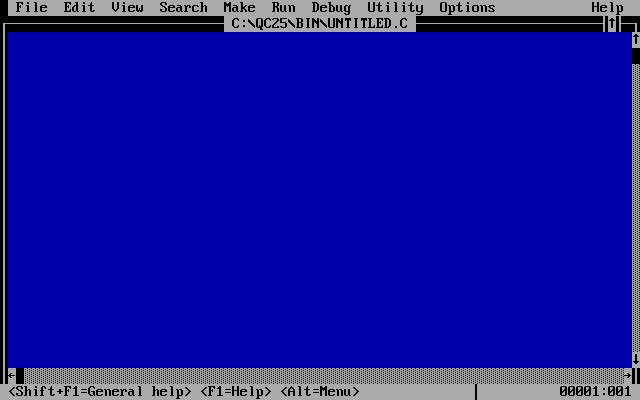

In the software, the content is then applied back onto the same 3D models, allowing the content to be pre-visualised in 3D and in real-time, from any point of view. As the output to the physical projectors is handled by the virtual projectors, the animators only need to think about how to create content that looks good on the screen in the disguise software. For simple setups, a 2D content template generated from the UV-coordinates of the 3D model can be used as a background image in for example After Effects. Content creationīased on 3D models, animators can create content either in 2D or in 3D, or both. Please see the sub-chapter Warping outputs for more information. However, as this usually is not the case, disguise has a number of 2D-based warping tools allowing you to compensate for the inaccuracies between the virtual and the real-world model. obj file into disguise.įor smaller objects, where the audience stands much closer to the object and the pixel density is higher (for example for car projections), it is even more important that the 3D mesh is as accurate as possible. The mesh is then exported as a texture mapped.
#Quickcal projection software#
A laser scan can generate a highly accurate 3D mesh (+-5mm accuracy) that you can import into a 3D software application from which the optimization, UV-mapping and content template creation process can take place. For building projections, it is recommended to laser scan the building. The level of accuracy usually depends on the distance between the audience and the object. The more accurate the 3D model the better. It is crucial to not only model and export the 3D models, but to also properly texture-map (UV-map) them and to carefully optimize the polygon count of the model. However, for more complex three-dimensional objects, it is required that the screen is built and exported from a 3D software such as 3ds Max, Maya, Cinema4D or similar. If only standard rectangular screens are being used, these can be created directly in the disguise software. 3D models preparationĪs always when working in the disguise software, you need to model an exact virtual replica of the real-world screens. During the early production stages, Projector Simulation can be used to explore projector positions, aiming points, appropriate lens sizes etc it is a tool for specifying the correct hardware for a show. Projector simulation does not only have to be used for output purposes.

Outputs that the three virtual projectors from the above image see in the Output Feeds level Projector Simulation as a decision-making tool

For situations where your 3D model does not precisely match the real projection surface, disguise provides a selection of warping tools.
#Quickcal projection manual#
There are two ways of matching a virtual projector to its physical counterpart: Manual calibration, or the calibration process referred to as QuickCal. Similarly, if new projectors are added, there's no need to re-render content just add a new projector to the scene and set it up. It will then render a new image from the new point of view. If the physical projector has to move a couple of meters to the side, there is no need to re-render any content, just move the corresponding virtual projector to match. The disguise software used to visualise, simulate and calculate how physical projectors should be positioned for the Bentley Continental GT UK Tour If the projection surface and virtual projectors precisely match their counterparts in the real world, the result is a perfect image. The software then renders the projection surface (and its content) from the point of view of each virtual projector, and outputs the resulting image to the real projector. In the disguise software, you begin by creating Projector objects and add them to the scene you set up their position, rotation and lens qualities to precisely match those of the real projectors.


 0 kommentar(er)
0 kommentar(er)
